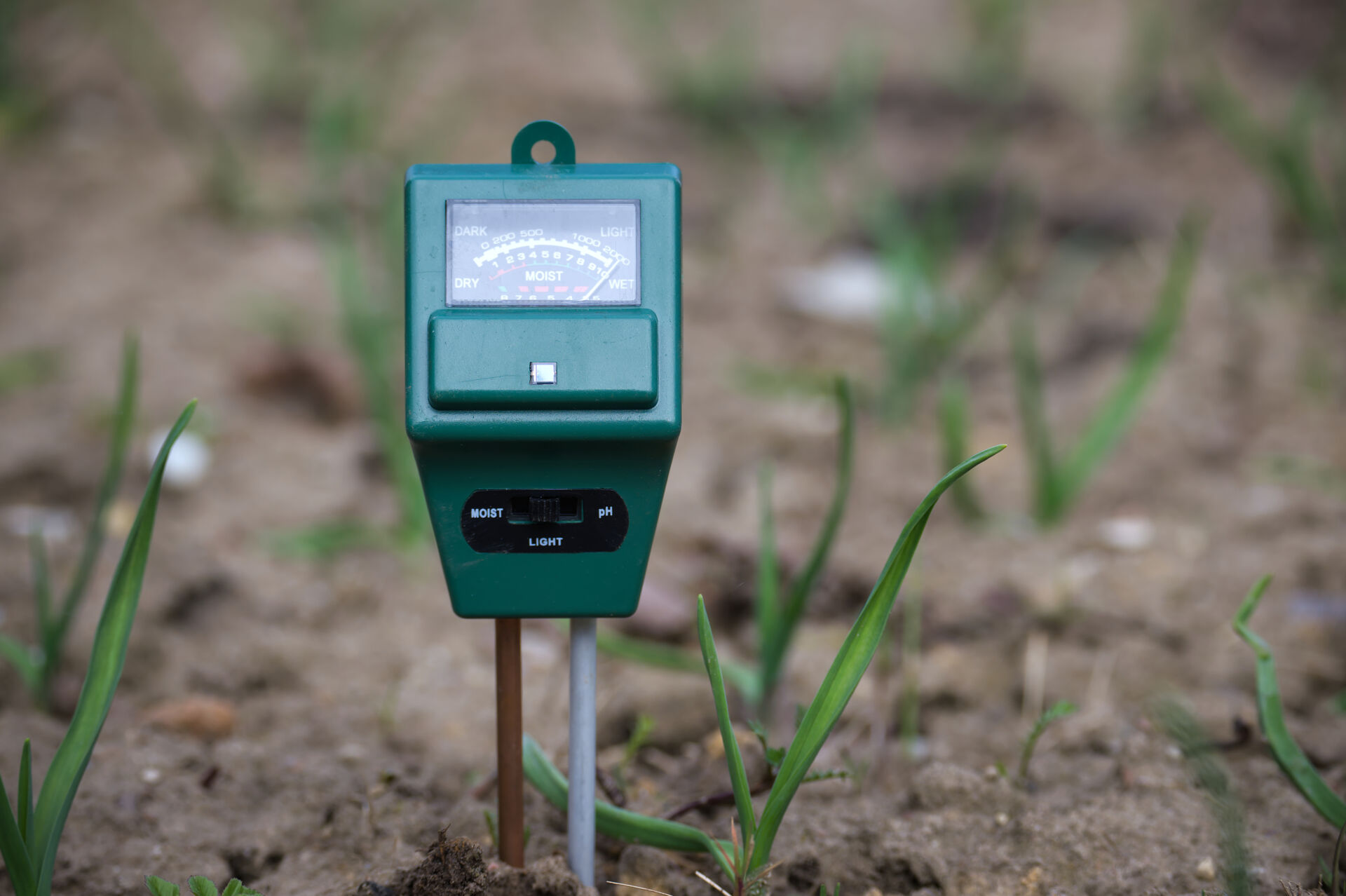Metric:
Volume of soil water resources
Metric:
Quality of environmental asset
Metric:
Soil water resources extracted
Metric:
Soil water resources extracted - monetary value
Units
Example methods / guidance / references
What are tiers?
Tier 1
Estimate using own judgement and observations
Tier 2
Estimate using third-party professional estimates or public data
Tier 3
Model or measure based on site-specific surveys/sampling, remote or in-field sensing, laboratory analysis, etc.
Example data sources
Internal records
Third-party data sources
Site-specific measurements or model outputs
Notes
Work in progress - Feedback welcome
Last updated: 15th October 2024
Units
Example methods / guidance / references
What are tiers?
Tier 1
Estimate using own judgement and observations
Tier 2
Estimate using third-party professional estimates or public data
Tier 3
Model or measure based on site-specific surveys/sampling, remote or in-field sensing, laboratory analysis, etc.
Example data sources
Internal records
Third-party data sources
Site-specific measurements or model outputs
Notes
Work in progress - Feedback welcome
Last updated: 15th October 2024
Units
Example methods / guidance / references
What are tiers?
Tier 1
Multiply physical flow quantity by estimated monetary value per unit
Tier 2
Multiply physical flow quantity by estimated monetary value per unit
Tier 3
Multiply physical flow quantity by estimated monetary value per unit
Example data sources
Internal records
Third-party data sources
Site-specific measurements or model outputs
Notes
Work in progress - Feedback welcome
Last updated: 15th October 2024
Units
Example methods / guidance / references
What are tiers?
Tier 1
Estimate using own judgement and observations
Tier 2
Estimate using third-party professional estimates or public data
Tier 3
Model or measure based on site-specific surveys/sampling, remote or in-field sensing, laboratory analysis, etc.
Example data sources
Internal records
Third-party data sources
Site-specific measurements or model outputs
Notes
“The concept of a stock of surface water is related to the quantity of water in a territory of reference measured at a specific point in time (usually the beginning or end of the accounting period). The stock level of a river is measured as the volume of the active riverbed determined on the basis of the geographical profile of the riverbed and the water level. This quantity is usually very small compared with the total stock of water resources and the annual flows of rivers.” (SEEA-CF, para. 5.483). The same principles apply to groundwater and soil water. The main additions to the stock of water resources come from returns (the opposite of abstraction), precipitation, and inflows. The main reductions in the stock of water resources come from abstraction, evaporation/evapotranspiration and outflows.
Last updated: 9th October 2024

